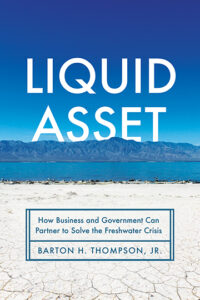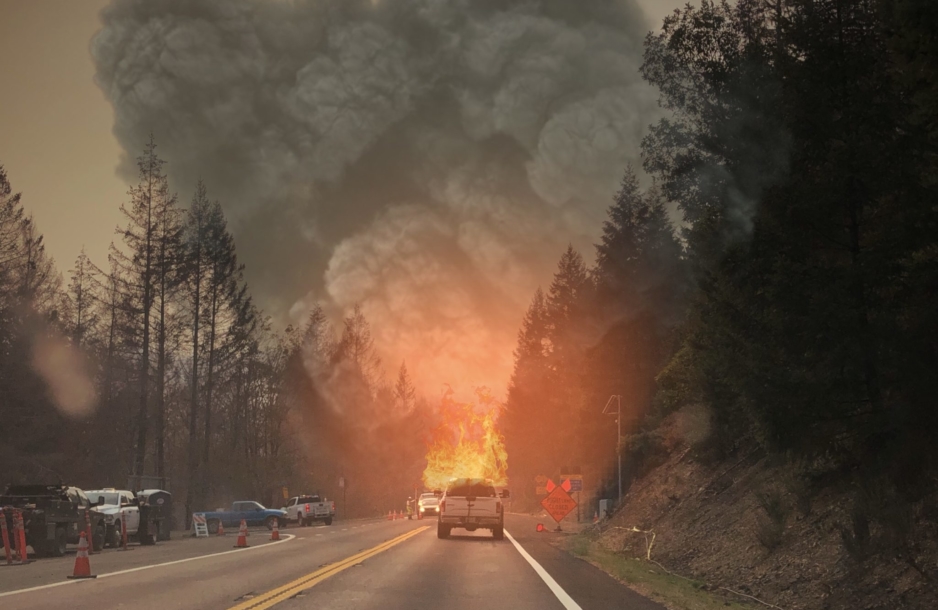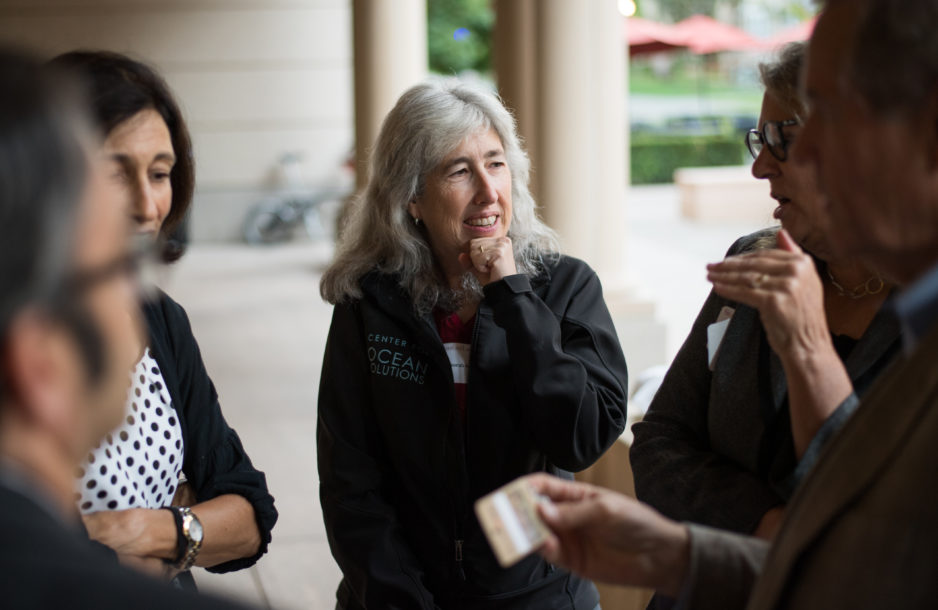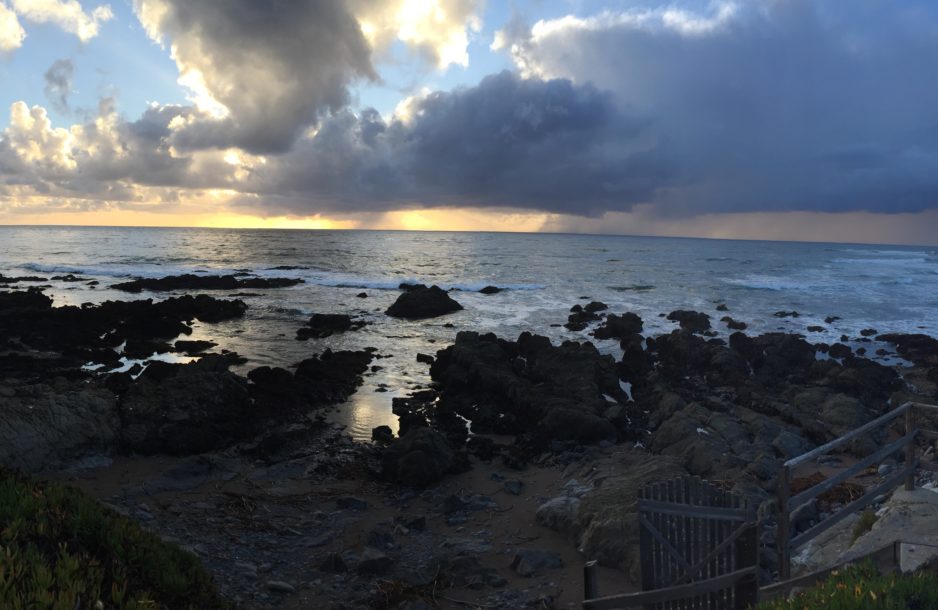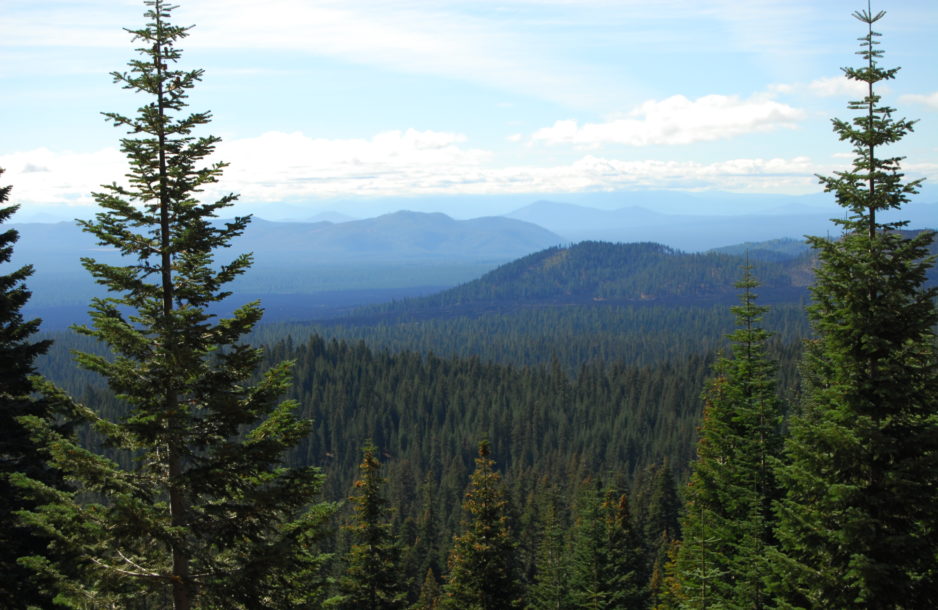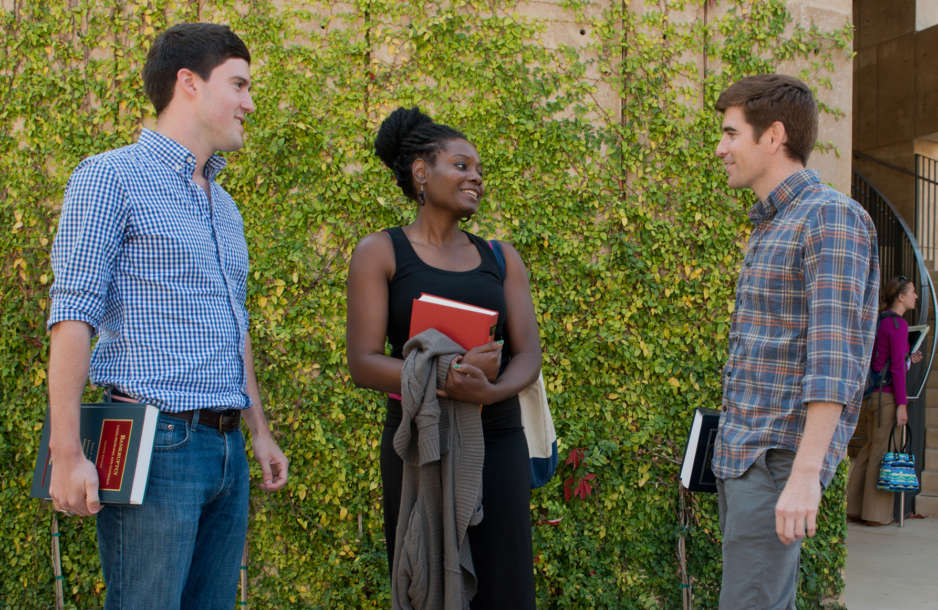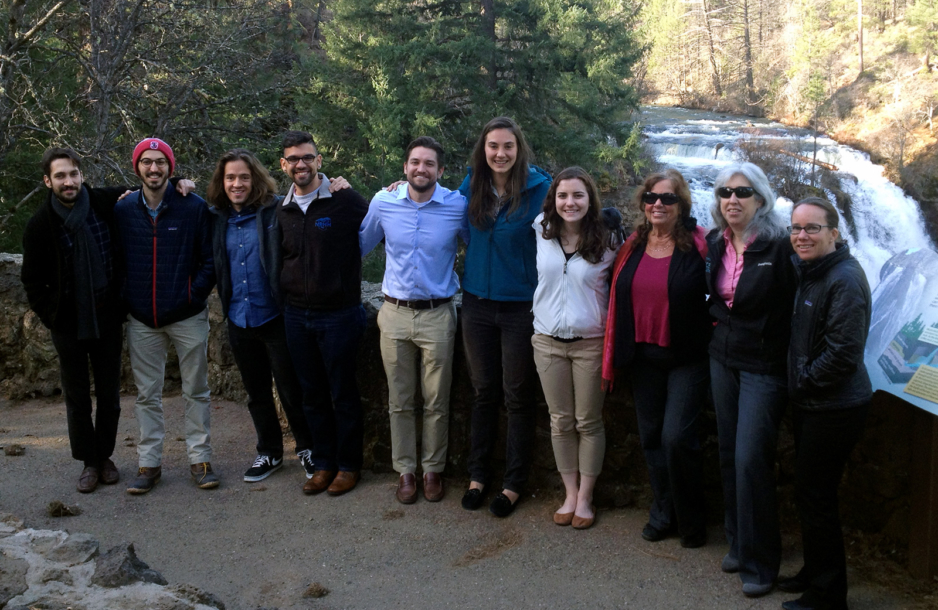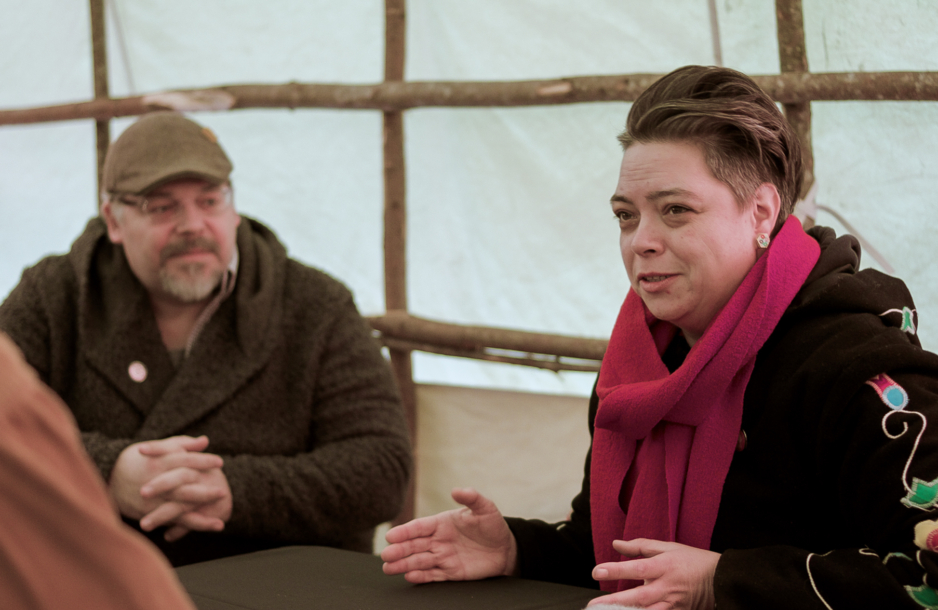Environmental and Natural Resources Law & Policy Program
Uniquely situated in the heart of Silicon Valley and part of one of the world’s preeminent research universities, Stanford’s award-winning Environmental and Natural Resources Law & Policy Program (ENRLP) has earned its reputation as a leading program for education and research in this dynamic field. Indeed, with a nationally renowned faculty praised for its cutting-edge research and practice, the program has revolutionized environmental education.
Our students develop their skills in analyzing and solving problems through situational case studies, learn effective teamwork through Stanford’s Environmental Law Clinic, and master mediation and multiparty negotiation techniques through in-class simulations. Our clinical programs and courses foster collaborative solutions to real-world problems. Many of our courses involve other Stanford departments, and all integrate multidisciplinary materials. The program also provides access to a broad spectrum of practitioners, regulators, and academics in Silicon Valley and beyond, and to hands-on involvement in research, environmental advocacy, and collaborative dialogues. Beyond the classroom, our students pursue a wide array of extracurricular activities, such as membership in the Stanford Environmental Law Journal and the Environmental Law Society.
Stanford Law School graduates pursue a variety of distinguished careers in environmental and natural resources law. Our alumni currently hold positions—covering the spectrum from staff attorney to executive leadership—at national environmental organizations, federal and state agencies, the White House, major corporations, law firms with strong environmental practices, and academia.
Check out our exciting courses in the 2023-2024 academic year!

Fall Newsletter
This fall’s newsletter highlights Startup Law: Sustainability, an ongoing experiential education class in which SLS students, working under the supervision of a Stanford attorney teaching team, provide early-stage corporate pro bono legal assistance to non-profit and for-profit startups addressing climate and sustainability challenges. This new program builds on and complements the work of Stanford’s Lawyers for a Sustainable Economy Initiative, which matches green startups with law firms for pro bono help and has provided pro bono legal help to over 150 entities. Learn more about the initiative here.
Read more fall news here
Stanford Environmental Law Clinic and Program Blogs

Climate and Energy Policy Program and Stanford Experts Provide Comments on Reforming the Low Carbon Fuel Standard
California’s “Low Carbon Fuel Standard,” a program implemented by the California Air Resources Board (CARB) to lower the carbon intensity of California’s transportation fuels, is currently undergoing a substantial revision. In early 2023, CARB initiated a process to evaluate potential changes to the program, including changes to carbon intensity targets, fuels pathway…
Read MoreStanford's 2023 Bright Award Honors Valérie Courtois
On October 2, 2023, Stanford University held a ceremony to present Valérie Courtois with the 2023 Bright Award, the University’s highest environmental prize. Courtois is the founding executive director of Canada’s Indigenous Leadership Initiative (ILI), an initiative that supports Indigenous Nations, or First Nations, in protecting and stewarding their lands and waters.

Stanford's Buzz Thompson Publishes New Book on Business-Government Partnerships and the Water Crisis
Stanford’s Buzz Thompson has published a new book, Liquid Asset: How Business and Government Can Partner to Solve the Freshwater Crisis. The book centers on how water managers and the private sector can collaborate to address water shortages and water sustainability.
Read more hereRecent Work
Recent Press by the ENRLP Team
The Biden Administration Makes Two Big Moves To Conserve Public Lands, Sparking Backlash From Industry
Inside Climate News
Matthew Sanders was quoted.
Read MoreGrizzly Population Surge Tests Boundaries of Species Protection
How Business and Government Might Solve the Freshwater Crisis—Together
Should the Endangered Species Act be updated for climate change accounts?
The Great Salt Lake is shrinking rapidly and Utah has failed to stop it, a new lawsuit says
Hawaiian Electric Shares Soar After It Deflects Blame For Lahaina Fires
Stanford Environmental News
Looking for more stories about the environment, energy and sustainability? Check out the latest news from some of Stanford's many environmental institutes and centers!

